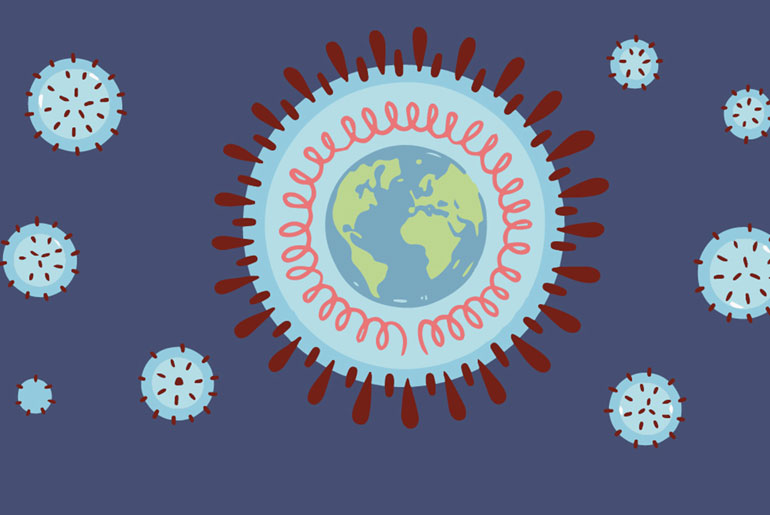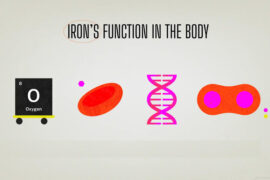The most comprehensive examination of long COVID-19 symptoms to date, conducted as a collaborative effort between UC San Francisco, the Centers for Disease Control (CDC), and seven other institutions, has revealed that the effects of long COVID-19 can persist for at least a year after the acute phase of the illness has subsided. This groundbreaking study not only provides a detailed understanding of the progression of post-COVID-19 conditions but also sheds light on the significant impact the pandemic has had on the American healthcare system.
The research involved a thorough assessment of symptom development over the course of a year, offering a more detailed perspective than previous studies. Approximately 16% of individuals who tested positive for COVID-19 experienced symptoms that extended for at least one year after their initial infection. However, for some participants, symptoms were intermittent, appearing and disappearing over time. By monitoring symptoms every three months, researchers were able to distinguish between improvements in symptoms and the emergence of new symptoms in the months following the initial infection.
Long COVID-19 encompasses a diverse range of persistent symptoms that manifest roughly a month after the initial infection. These symptoms can have a significant impact on a person’s quality of life and overall well-being.
“It was common for symptoms to resolve then re-emerge months later,” stated lead author Juan Carlos Montoy, MD, PhD, associate professor at UCSF’s Department of Emergency Medicine. “A lot of prior research has focused on symptoms at one or two points in time, but we were able to describe symptom trajectory with greater clarity and nuance. It suggests that measurements at a single point in time could underestimate or mischaracterizes the true burden of disease.”
The study included a cohort of 1,741 participants, with a majority (about two-thirds) being female. These individuals sought COVID-19 testing at eight major healthcare systems across the United States. While three-quarters of the participants tested positive for COVID-19, those who tested negative might have still experienced some form of infection, as they presented symptoms such as fatigue, runny nose, headache, sore throat, shortness of breath, chest pain, diarrhea, forgetfulness, and difficulty with cognitive functions.
Initially, participants who tested positive for COVID-19 were more likely to experience symptoms in various categories, compared to those who tested negative. However, by the end of the one-year study period, there was no notable difference in symptom presence between the COVID-positive and COVID-negative groups.
“We were surprised to see how similar the patterns were between the Covid positive and Covid negative groups,” stated Montoy. “It shows that the burden after Covid may be high, but it might also be high for other non-Covid illnesses. We have a lot to learn about post-illness processes for Covid and other conditions.”
This study contributes valuable insights into the complex and varied nature of long COVID-19, emphasizing the importance of continued research and support for individuals who experience persistent symptoms. It underscores the need for healthcare systems to address the long-term effects of COVID-19 on patients’ well-being and highlights the ongoing challenges posed by this novel disease.
Disclaimer:
The information contained in this article is for educational and informational purposes only and is not intended as a health advice. We would ask you to consult a qualified professional or medical expert to gain additional knowledge before you choose to consume any product or perform any exercise.








